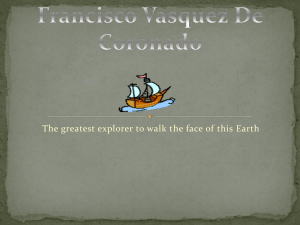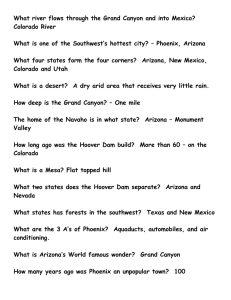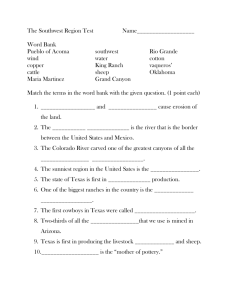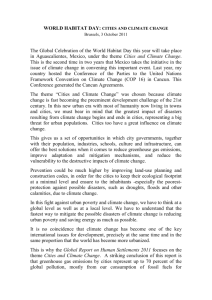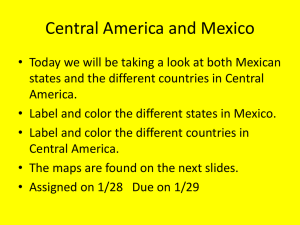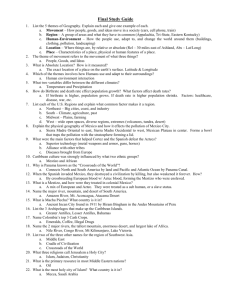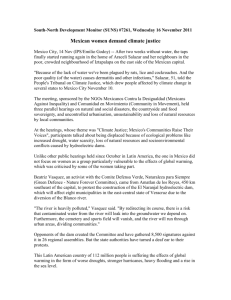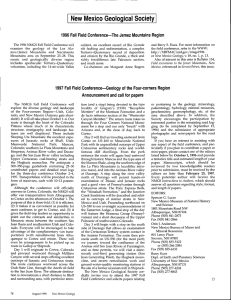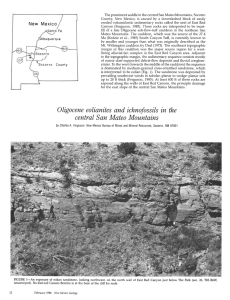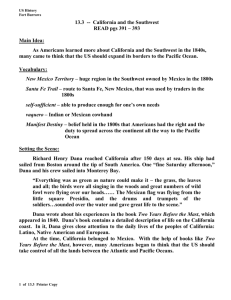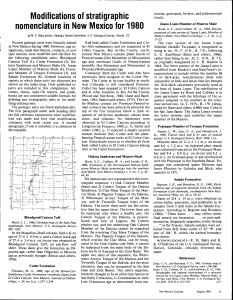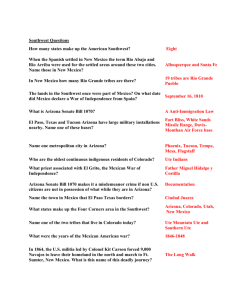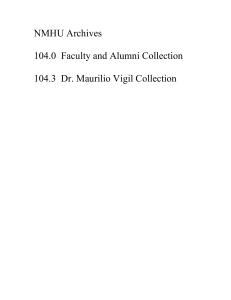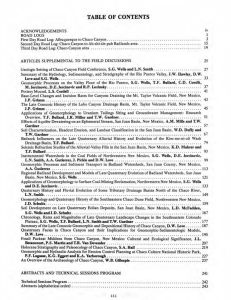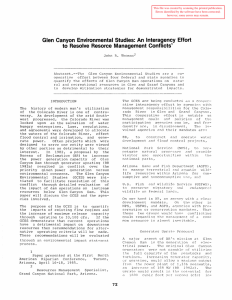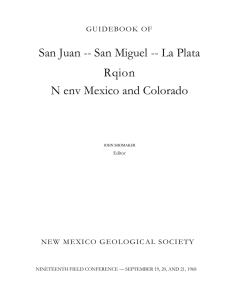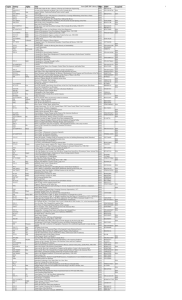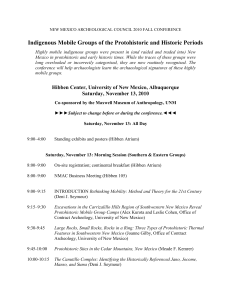Southwest Region Key Concepts
advertisement
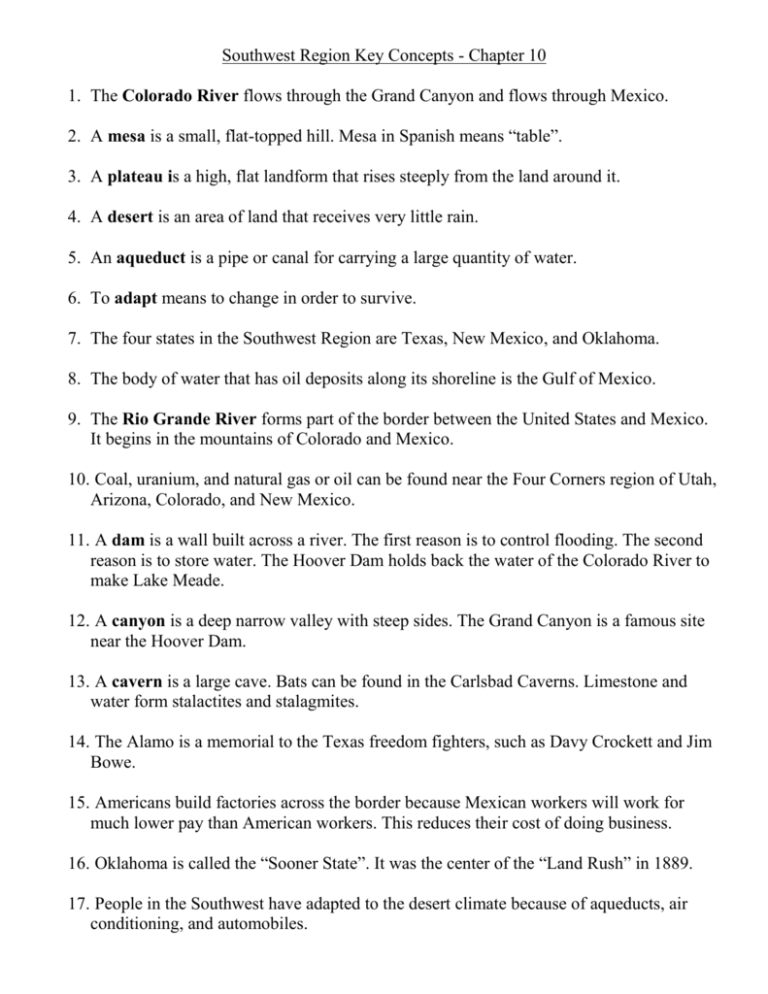
Southwest Region Key Concepts - Chapter 10 1. The Colorado River flows through the Grand Canyon and flows through Mexico. 2. A mesa is a small, flat-topped hill. Mesa in Spanish means “table”. 3. A plateau is a high, flat landform that rises steeply from the land around it. 4. A desert is an area of land that receives very little rain. 5. An aqueduct is a pipe or canal for carrying a large quantity of water. 6. To adapt means to change in order to survive. 7. The four states in the Southwest Region are Texas, New Mexico, and Oklahoma. 8. The body of water that has oil deposits along its shoreline is the Gulf of Mexico. 9. The Rio Grande River forms part of the border between the United States and Mexico. It begins in the mountains of Colorado and Mexico. 10. Coal, uranium, and natural gas or oil can be found near the Four Corners region of Utah, Arizona, Colorado, and New Mexico. 11. A dam is a wall built across a river. The first reason is to control flooding. The second reason is to store water. The Hoover Dam holds back the water of the Colorado River to make Lake Meade. 12. A canyon is a deep narrow valley with steep sides. The Grand Canyon is a famous site near the Hoover Dam. 13. A cavern is a large cave. Bats can be found in the Carlsbad Caverns. Limestone and water form stalactites and stalagmites. 14. The Alamo is a memorial to the Texas freedom fighters, such as Davy Crockett and Jim Bowe. 15. Americans build factories across the border because Mexican workers will work for much lower pay than American workers. This reduces their cost of doing business. 16. Oklahoma is called the “Sooner State”. It was the center of the “Land Rush” in 1889. 17. People in the Southwest have adapted to the desert climate because of aqueducts, air conditioning, and automobiles.
